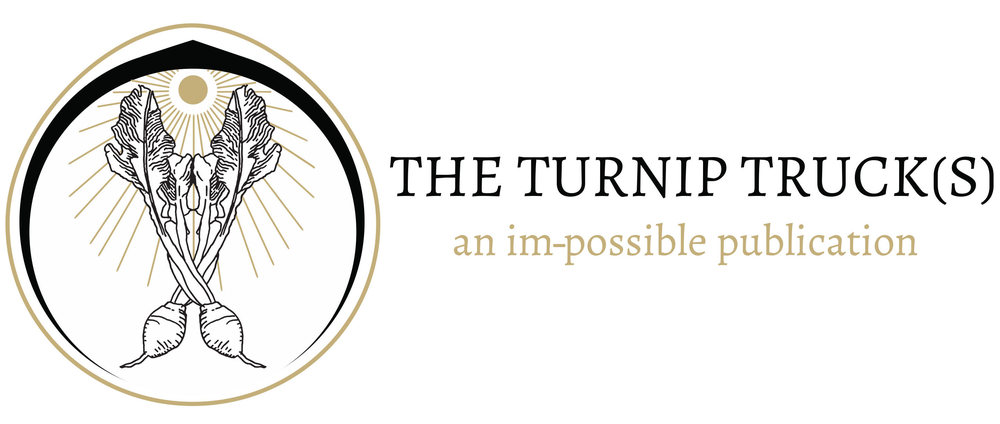Richard Strauss, Also sprach Zarathustra (Thus Spoke Zarathustra) (1896)
2001: A Space Odyssey (Stanley Kubrick, 1968)
Never fully explained by Stanley Kubrick or the original writer of the story, Arthur C. Clarke, the ending of 2001: A Space Odyssey, with the now iconic star-child (in Kubrick’s film) hovering next to earth included the music of Richard Strauss; specifically, his tone poem, Also sprach Zarathustra. Named after Friedrich Nietzsche’s uncategorizable work of 1883, Strauss’ music and Kubrick’s imagery can be understood as a kind of dialectical thought-object—that is, a visual, musical, and philosophical event whose meaning is abundantly rich and perplexing simultaneously. It is what might be called a clear paradox. From the 18th-century interior with the old astronaut (dying/being reborn); to the factured slab (techne); and the cosmic embryo coda (return), the ending is more than its individual parts. The theme might well be abundance, as Nietzsche would understand it: flow, circular temporal and spatial flow (abundance, from the Latin undare, “wave flow”). Thus Spoke Zarathustra was perhaps Nietzsche’s attempt to explicate what he had formulated in Die fröhliche Wissenschaft (The Gay Science, 1882) as Dionysian circular joy, and what he would eventually call his central idea, the idea of the Eternal Return. 2001: A Space Odyssey can be understood as embodying this notion: that all temporal and spatial events have and will be repeated for eternity: a continual abundant flow of hylozoistic life. This was Nietzsche’s Welträthsel (word-riddle): the secret essence/idea/apparatus/spirit of being, and Kubrick’s ending, with Strauss’ music, articulate the circular abundant flow of the autopoietic universe.
